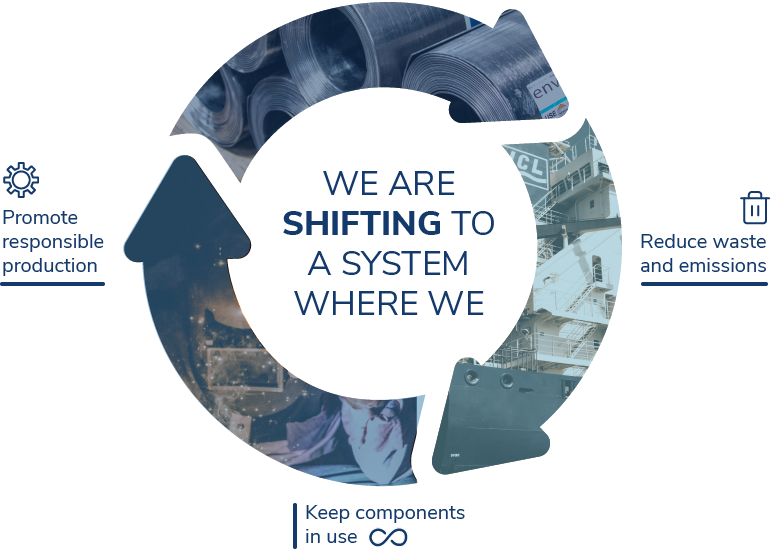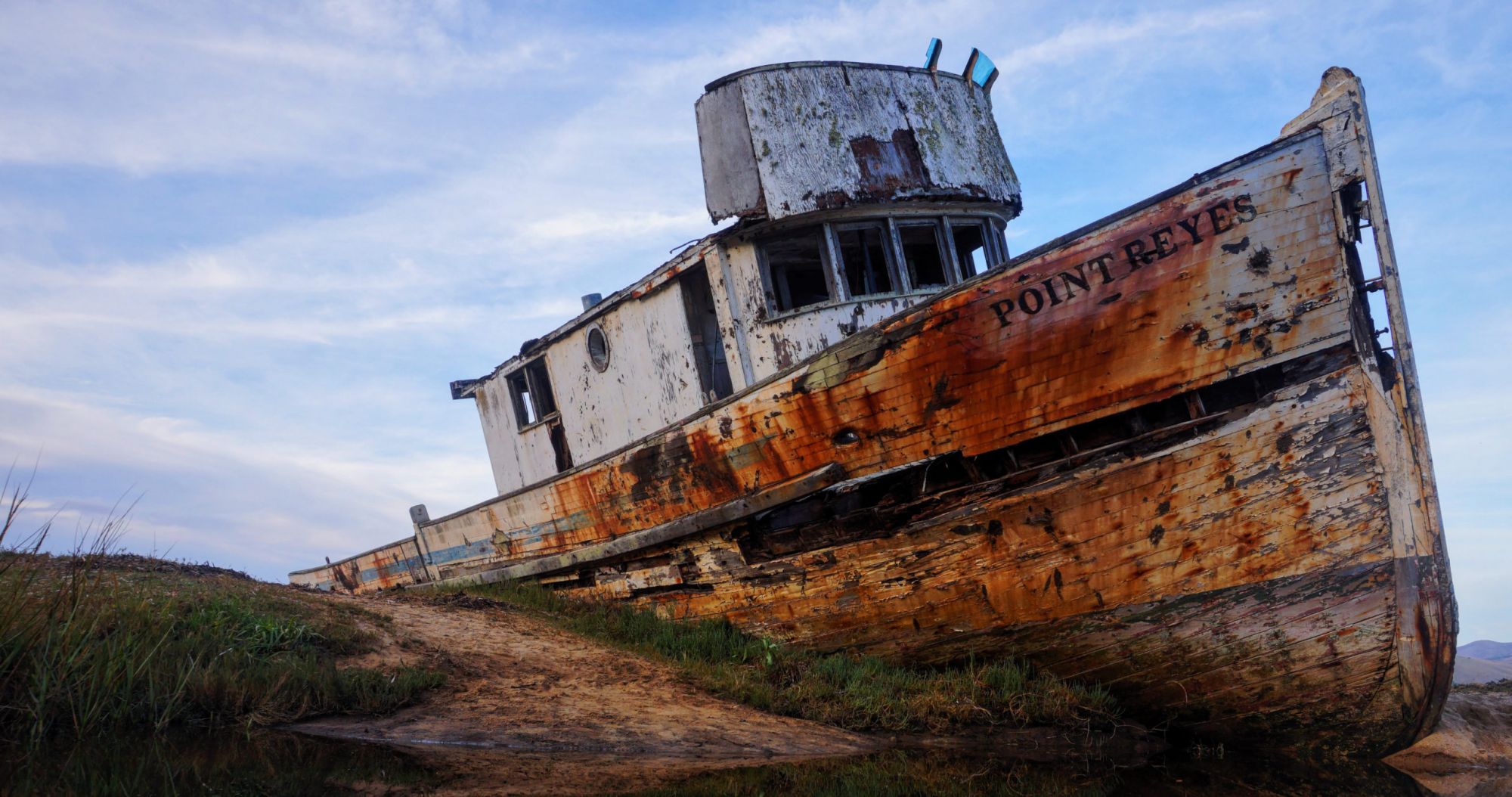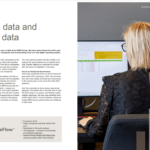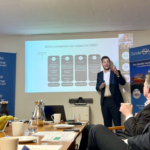SDG12: Ensure Sustainable Consumption and Production Patterns
In June 2019, Reflow Maritime was announced the winner in the category for a circular economy at the SDG Tech Awards hosted at IDA’s Respond Festival. We are humbled for the recognition of the work we’re doing to implement and increase the circular economy in the maritime industry. However, let us take you through what SDG is our main inspiration and how our work is contributing to reaching the targets.
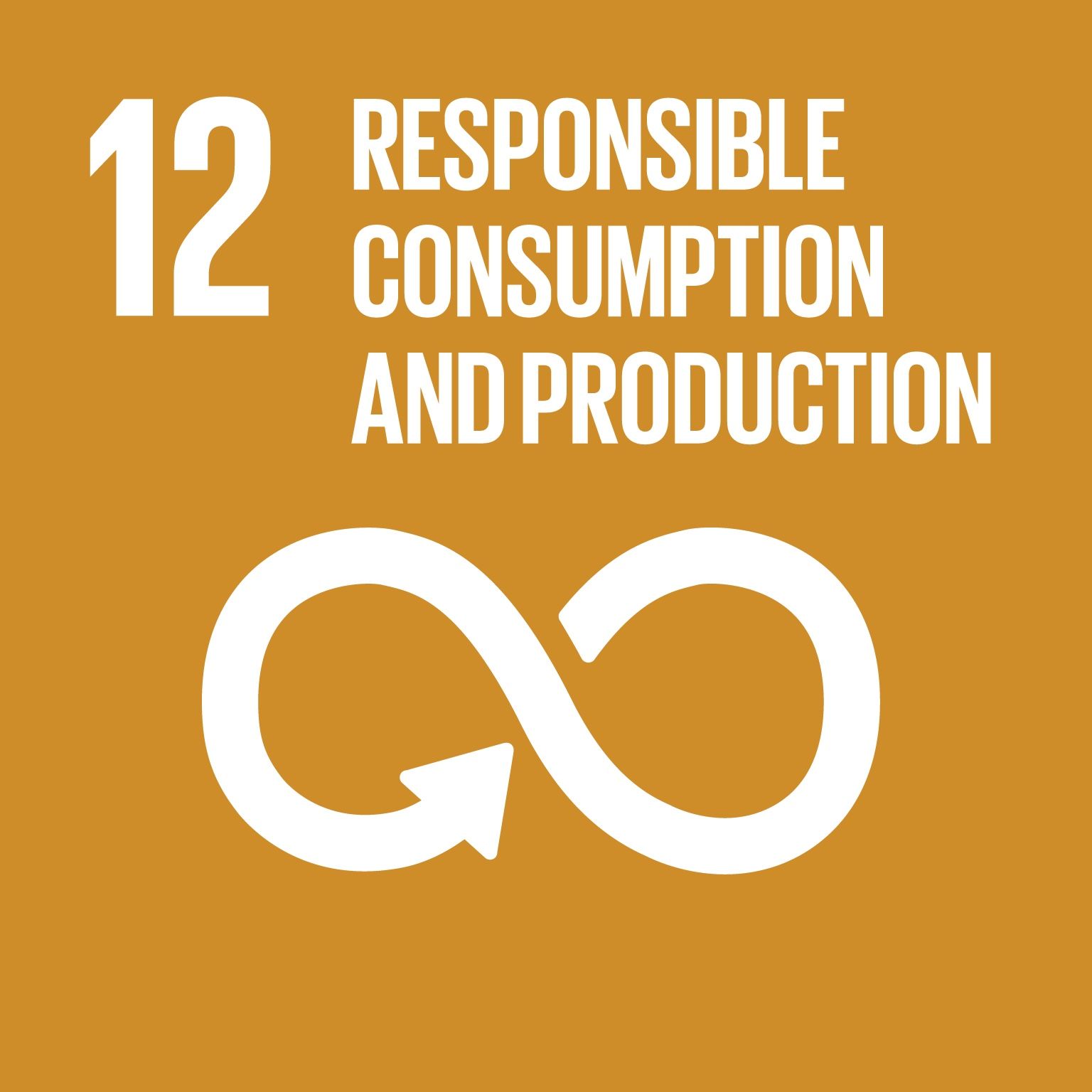
Source: UN SDG 12
Reflow Maritime is contributing to reaching Sustainable Development Goal 12, mainly the targets of 12.1 to implement a framework of programs on sustainable consumption and production, and target 12.5 to substantially reduce waste generation through prevention, reduction, recycling, and reuse. Let us tell you how:
At this point, the maritime industry is not yet frontrunner in joining the trend of sustainability. The industry is harmed by continuous news about oil spills, unsustainable waste management, high emissions of greenhouse gasses and linear economy methods, where components and produces end as non-recyclable waste. However, as proclaimed by the UN, that with a growing population, a decrease in natural resources and an increase of per capita “material footprint” of developing countries with 4 metric tones just in the time span of 2000 and 2009, we need to act now to ensure that all industries are reporting on sustainability.
Drastic changes need to happen to the maritime industry if we globally want to reach the SDG 12 of creating more sustainable consumption and production patterns. To reach this, we must focus on operating on the supply chain, involving everyone from the producer to the final consumer.
Moreover, if the maritime industry wants to keep its competitive advantage in the industry of transporting cargo, it also needs to evolve due to the increasing tendency of end-consumers choosing more sustainably produced and transported products.
Many urges that in order to become more sustainable we need to change to renewable energy, however according to the Ellen MacArthur Foundation revealed in their paper on ‘Completing the picture: How the Circular Economy Tackles Climate Change’ how moving to renewables only addresses approximately 55% of the global greenhouse gas (GHG) emissions. In order to address the remaining 45%, we must look at adopting a circular economy framework. By achieving a circular economy in the five key areas of steel, plastic, aluminum, cement, and food, we can achieve a reduction of approximately 9.3 billion tonnes of GHG in 2050, being equivalent to eliminating current emissions from all forms of transportation globally.
With these numbers supporting our case, a circular economy must be introduced to all sectors, hereby also the maritime industry to ensure that our GHG emissions decrease by creating a more circular consumption and production pattern, as targeted in SDG 12.
With the ReFlow digital platform, being the first of its kind, our purpose is to help generate this change in the maritime industry by interfering in the supply chain enhancing a circular flow of components, connecting vessel owners with suppliers focused on reusing components contrary to additional sales. Studies on Life Cycle Assessment by the Technical University of Denmark in 2017 have shown that a vessel can decrease its GHG emissions up to 70% by adopting a circular economy and using reusable components compared to newly produced units. Moreover, the platform provides a forecast for the life-cycle status of vessel components and intelligently foresees when a certain component might need to be replaced. This forecast, therefore, enables both suppliers and their service providers to find less polluting ways of transportation to ensure that the components are replaced at the right time. For example, this will enable us to organize transportation by land and sea, compared to land and air freight, which can assist a decrease of 98% GHG emissions, while transporting the same amount of cargo. Moreover, this facilitates that the replaced component can return to the supplier to be repaired and reused, rather than turning to unsustainable and non-reusable waste – and probably more importantly for the vessel owner, increasing competitive pricing for reusable, compared to buying newly produced units, as already seen in the automotive industry.
Consequently, our mission is to engage the global maritime sector into a circular economy and easing the transition through our digital platform while sharing the benefits of competitive pricing, environmental benefits, and improved supply chain. By facilitating this change, this will aid the maritime industry is taking its part in reaching the global goal of ensuring sustainable consumption and production patterns.
